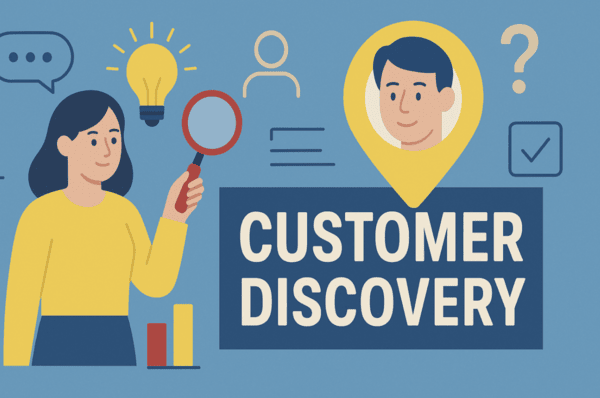
After decades of hearing thousands of startup pitches, let me share a truth: few things make an investor roll their eyes and tune out faster than a founder with a “big idea” but little evidence of real-world demand. Investors want to cut to the chase quickly, and they are always searching for clear signals that a team truly understands their market, has spoken with real customers, and can back their vision with evidence—not just excitement.
Founders, Here’s What You Need to Know
Customer discovery isn’t a formality. It’s the very foundation of fundability. Too many smart, driven people try to shortcut this process, thinking market research or gut feeling is enough to go courting investors. It isn’t. Some of the most painful losses in my own investment history came from startups that never truly validated the problem they set out to solve.
Why Does Customer Discovery Matter So Much to Investors?
The Investor’s Checklist: Signs of Genuine Customer Discovery
When I listen to a pitch, here’s what I want to see evidence of:
What Happens If You Skip This Step?
The graveyard of startups is littered with companies that fell in love with solutions and ignored hard truths about customer needs. As an investor, I see it as my job to help you avoid that pitfall—or walk away early if you can’t show me you’ve put in the work.
Final Thought
Before you polish that pitch deck, get out and do the discovery. Talk to customers. Probe, listen, adapt, and validate. Bring that learning to the table, and you’ll not only impress investors like me—you’ll greatly improve your odds of actually building something the world wants.
Pro Tip: Read The Mom Test before you get started, to ensure that you follow a rigorous customer discovery process. Better yet, take our Customer Discovery Workshop by Venture Mechanics' mentors Angie Parker and Catherine Bhattachar.